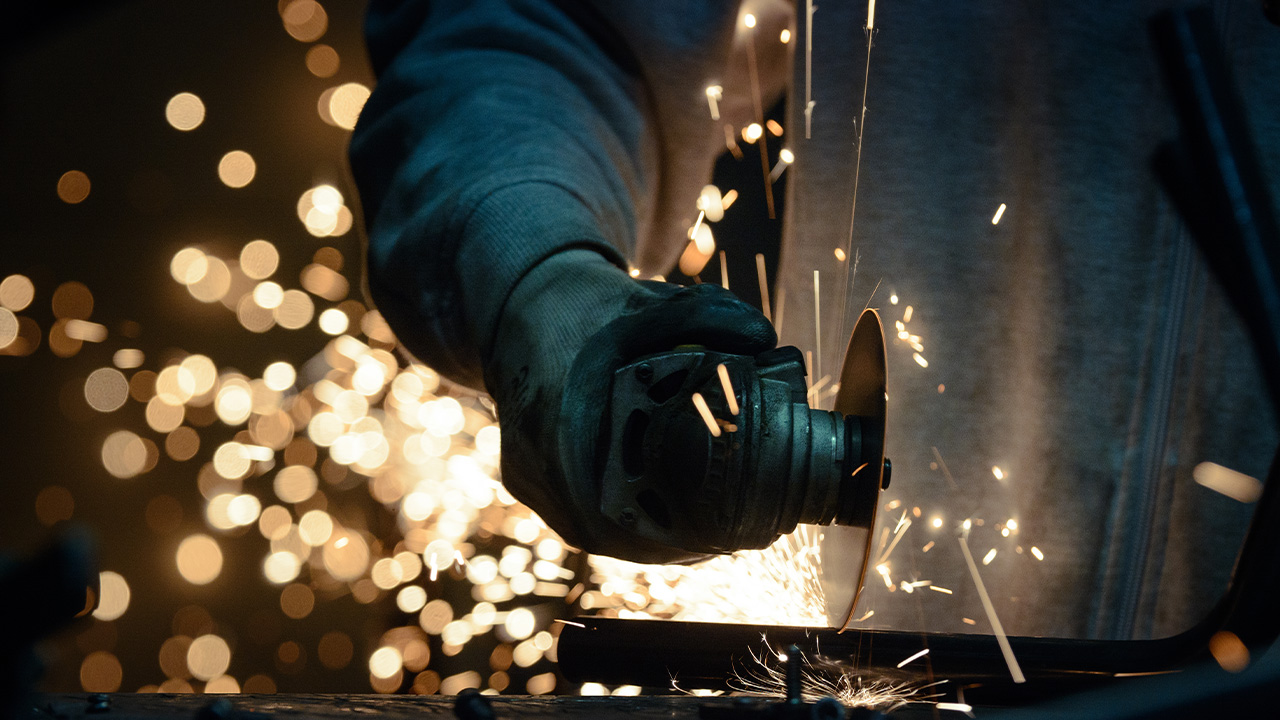
In industrial operations, steel-cutting equipment is essential for various applications, ranging from construction to manufacturing. However, the inherent risks associated with such powerful machinery necessitate a stringent adherence to safety measures and best practices. In this blog post, we will explore key guidelines to ensure the safe and efficient operation of steel-cutting equipment.
The foundation of safe equipment operation lies in the hands of well-trained and certified operators. Employers must ensure that individuals tasked with operating steel-cutting equipment undergo comprehensive training programs to understand the machinery's intricacies, potential hazards, and safety protocols.
Equipping operators with appropriate PPE is non-negotiable. This includes safety glasses, gloves, ear protection, and steel-toed boots. Properly fitted and regularly inspected PPE enhances operator safety and minimizes the risk of injuries.
Before initiating cutting operations, it is essential to secure the workspace. Clear the area of any debris, ensure proper lighting, and mark out the cutting zone. Adequate ventilation should be provided to mitigate the risks associated with fumes and dust generated during the cutting process.
Regular inspection and maintenance routines are crucial to identify and rectify potential issues before they escalate. Blades, gears, and other critical components must be inspected for wear and tear, and any faulty parts should be replaced promptly. Following the manufacturer's maintenance guidelines is imperative.
Strict adherence to the operational guidelines outlined in the equipment's manual is fundamental. This includes the following recommended cutting speeds and feed rates and employing the appropriate cutting techniques. Deviating from these guidelines can compromise both the quality of the cut and, more importantly, operator safety.
Knowledge of emergency procedures is vital in the event of unexpected incidents. Operators should be well-versed in shutting down the equipment swiftly and implementing emergency stop procedures. Additionally, access to first-aid kits and knowledge of basic first-aid procedures can be lifesaving.
Operators should continuously monitor the equipment during operation. Unusual sounds, vibrations, or any other anomalies should be investigated immediately. Regular breaks for equipment cooling and operator rest also contribute to maintaining a safe working environment.
In conclusion, the safe operation of steel-cutting equipment is a shared responsibility between employers and operators. By prioritizing training, providing the necessary protective gear, and following established safety protocols, the industrial sector can ensure not only the well-being of its workforce but also the efficiency and longevity of the equipment.
Finally, for reliable and top-quality industrial tools in the UAE, Industrial Solution stands out as a trusted supplier. Our comprehensive range includes sanding discs, magnetic drill machines, and various other industry tools, ensuring that businesses have access to the best equipment for their needs. Safety and quality go hand in hand, and Industrial Solution is committed to delivering both.